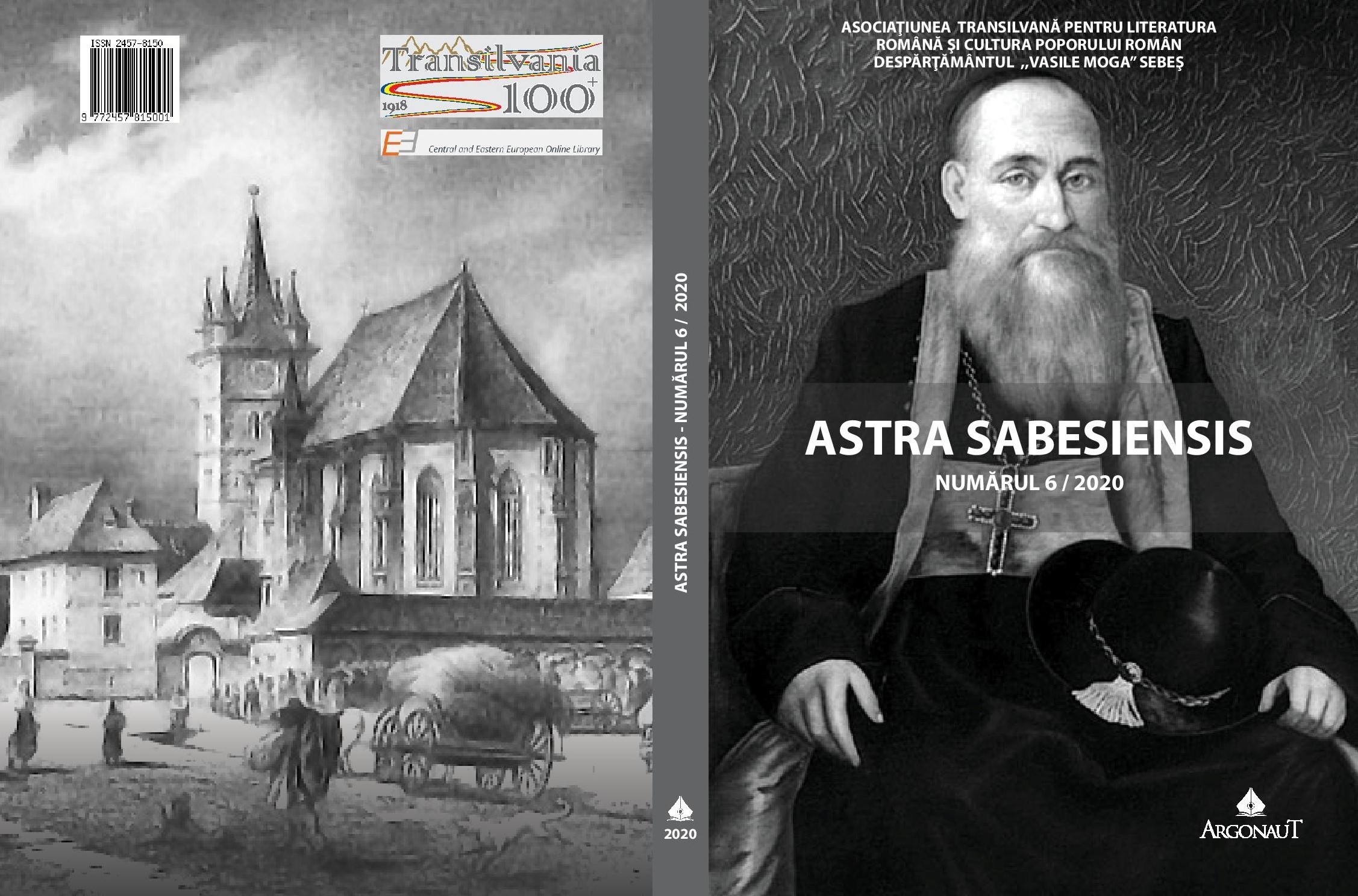IDEALUL ECUMENIC ŞI REALITATEA SCHISMEI:
CONCILIUL DE LA FERRARA-FLORENŢA ŞI
SUPRAVIEŢUIREA SPIRITUALĂ A BIZANŢULUI
The Ecumenical Ideal and the Reality of Schism:
the Council of Ferrara-Florence and the Spiritual Survival of Byzantium
Author(s): Florian Dumitru SoporanSubject(s): History, Middle Ages, 15th Century
Published by: Asociaţiunea Transilvană pentru Literatura Română şi Cultura Poporului Român - ASTRA
Keywords: Byzantium; Rome; church; schism; ecumenism;
Summary/Abstract: The reconstruction of the medieval past is placed under the auspices of the same oxymoronic perspective that historical writing generated in the two centuries of its modern evolution, alternating between the enthusiasm for the moment of the genesis of ethnic communities and political structures that ended up identifying with the latter distrust generated by the precariousness of the sources and the apparent social and cultural immobility claimed as foundations of family and community loyalties. Despite the irreconcilable differences between the two interpretations, their promoters do not question the decisive importance that the church had in the crystallization of medieval civilization, its ethical and political paradigms and in the transmission of classical cultural heritage, capitalized with the spectacular developments of the Renaissance and Humanism. The evolution of the church from the perspective of institutional dynamics and the responsibilities it has assumed in relation to various aspects of the life of believers has made its issues one of the main catalysts of the dynamics of medieval history, and efforts to restore unity by eliminating the consequences The Great Schism of 1054 was a constant goal on the agenda of the intellectual and political elite of the medieval world. The convening of the Ecumenical Council of Ferrara-Florence at a time considered optimal from the perspective of the motivations of the two parties involved in the negotiation process meant a new failure of these initiatives, placed by historiography inspired by the options of the Holy See or the Ecumenical Patriarchate, and by secular historians in relation to the incompatibilities between Greeks and Latins after the Fourth Crusade. Examination of aspects of the conduct and especially of the cultural formation of the protagonists reveals deeper causes of this failure of ecumenism avant la lettre in the absence of a dialogue on doctrinal and ritual differences, more sensitive to the Orthodox world and neglected by the Latin hierarchy that prioritized the dimension, institutional and political.
Journal: Astra Sabesiensis
- Issue Year: 6/2020
- Issue No: 6
- Page Range: 17-34
- Page Count: 18
- Language: Romanian

